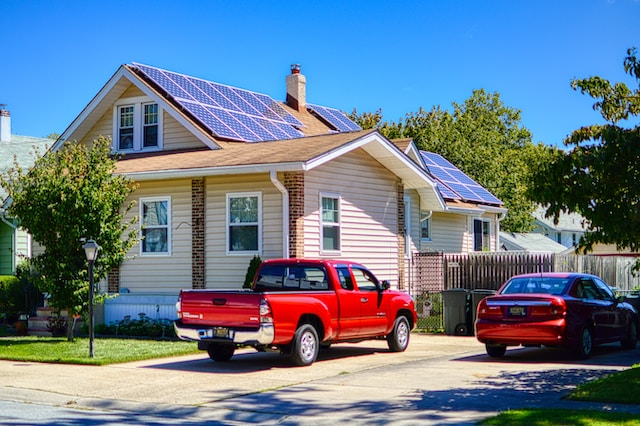One of the Albanese Labor Government’s major initiatives for their first term in office is to reduce carbon emissions to 43% of 2005 levels and achieve net zero emissions by 2050. In order to achieve this, Australia will undergo an energy source overhaul – using renewable energy, energy-efficient materials, and other innovative technologies in the future.
Right now, households and businesses can take advantage of advances in energy-efficient appliances and even the sources of energy one can use.
Australia’s Energy Evolution and the Road to Renewables
As of 2021, 29% of Australia’s total electricity generation was sourced from renewable sources. This includes solar power (12%), wind (10%), and hydroelectric sources (6%.) Biomass accounted for 37% of energy consumption during 2020-21. Small-scale or home/business solar generation grew by 29% in 2021. The total growth of renewable energy sources over the last decade has averaged 4.6%. This is all essential to achieving net zero emissions by 2050, as traditional sources such as coal and gas-fired power stations are known sources of pollution and carbon emissions.
Navigating the Energy Transition: Goals, Drivers, and Challenges
Australia is reliant on fossil fuels – petrol, coal, natural gas – and over the last few years, prices for these essential commodities have been driven up by supply issues and global supply chain instability. The primary goal is for Australia to be a net zero carbon polluter, but the secondary goal is for energy independence; using renewables gives Australia a theoretical “endless” supply through using or recycling wind, sunlight, and water. The challenge right now is transitioning away from fossil fuels, as Australia is the second biggest net exporter of thermal coal used in electricity and heat generation. This will require a delicate and comprehensive policy by the government to ensure the transition doesn’t leave ordinary Australians behind.
Practical Steps for the Present: Maximizing Savings with Optimal Energy Plans
Though 2050 is a long way away, what can families and businesses do right now to reduce costs and transition to green energy? At the moment, investing in photovoltaic (PV) solar power or hot water can reduce individual reliance on “dirty” or coal/gas-fired power – and some of the costs can be offset by incentives and rebates. Energy retailers can bundle plans for solar cells and batteries, including rewards for households that generate surplus energy and sell it back into the grid. These are called feed-in tariffs; you can learn about tariffs here.
If you’re unable to install solar, you may want to compare green energy plans to offset your carbon emissions to ensure you are doing your part to reduce your environmental impact.
Seizing the Opportunity: Empowering Individuals in Australia’s Energy Transition
You can make an active contribution to the energy transition – and save money – by installing energy efficient items in your home. These may be as simple as swapping halogen or incandescent lights for LED lights, using biomass for heating, or reducing your heating/cooling costs by setting reasonable temperatures or using thermostats. You could also buy smart power strips that shut off power to devices when not in use and look for high-energy star-rated white-goods that are power efficient.
Get Started On The Energy Transition
You don’t have to start from scratch to get on board Australia’s energy transition. It may be as simple as switching energy providers to one that’s greener and more efficient. You’re not only contributing to a net zero future but saving money in the process!







